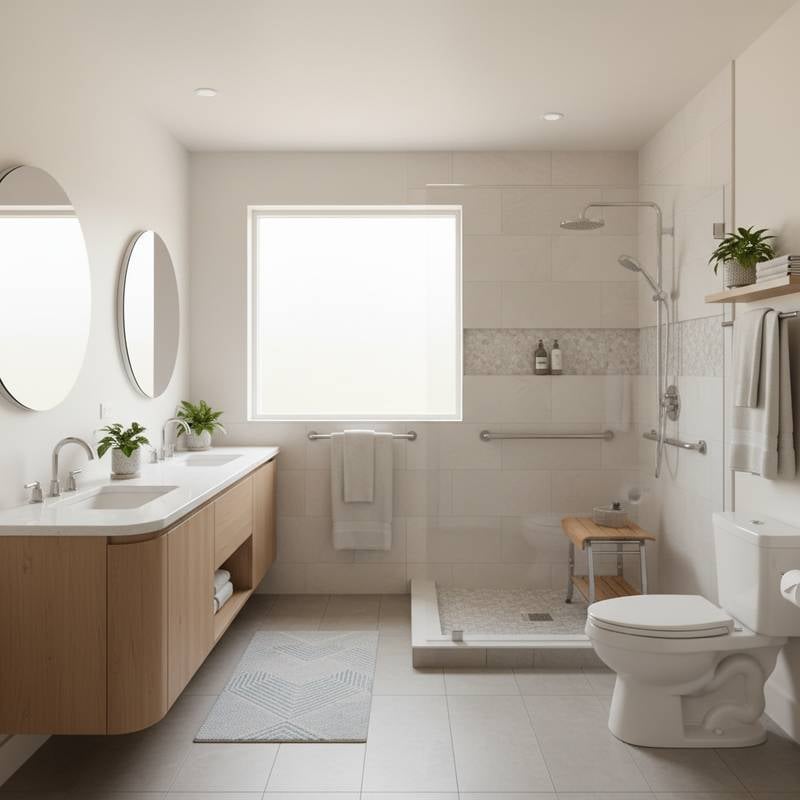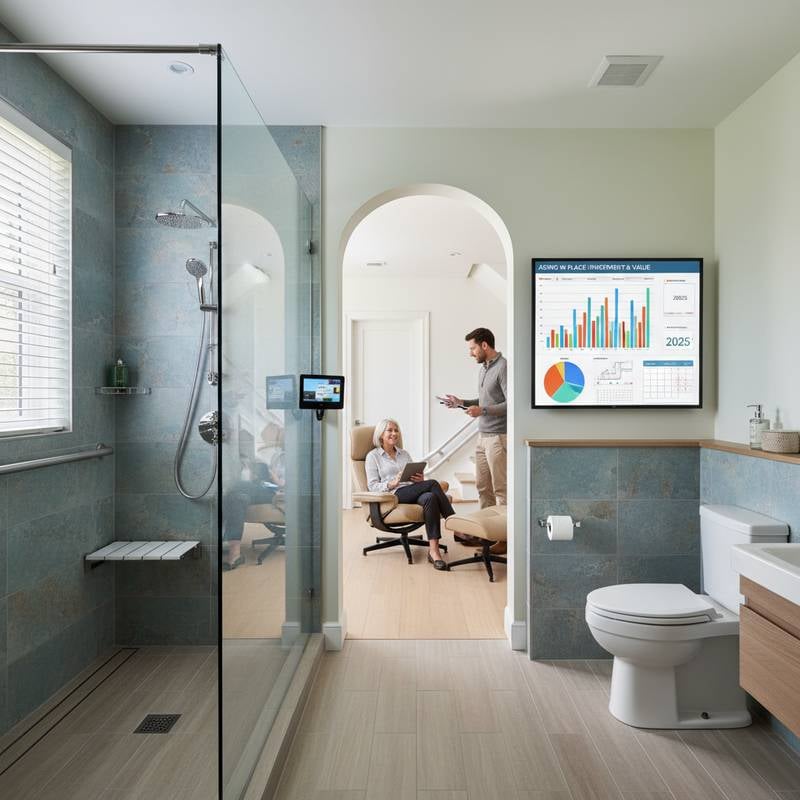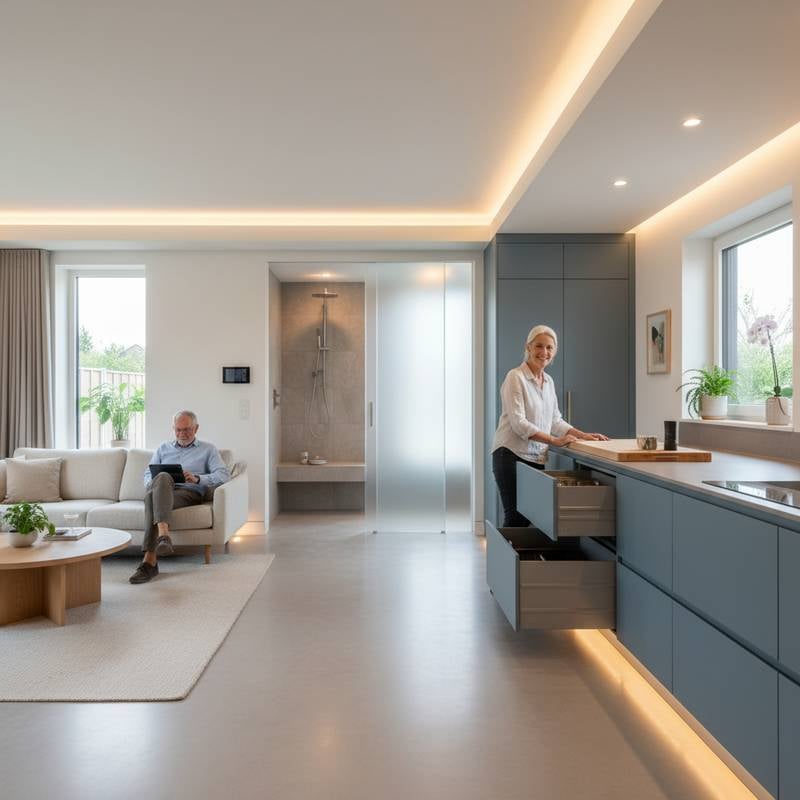Understanding ADU Costs and Their Value for Rental Income
Accessory Dwelling Units (ADUs) offer homeowners a versatile solution for expanding living space, particularly in the context of multigenerational households or generating supplemental income. While constructing an ADU often incurs higher upfront costs compared to traditional home additions, the potential for rental revenue can offset these expenses over time. This article examines the financial implications, key factors influencing budgets, and strategies to maximize return on investment (ROI).
Home additions, such as enlarging an existing structure, typically integrate seamlessly with the primary residence. In contrast, ADUs function as separate units, which may include detached garages, backyard cottages, or attached expansions. The choice between these options depends on family needs, local regulations, and long-term financial objectives.
Breaking Down the Cost Differences
The average cost to build an ADU ranges from $150,000 to $300,000, depending on location, size, and features. This figure represents approximately $95,000 more than a comparable home addition, which might cost between $55,000 and $205,000. Several elements drive this disparity, including standalone foundation work, separate utility connections, and compliance with zoning laws for independent living spaces.
Size plays a pivotal role in budgeting. A compact 400-square-foot ADU might total $120,000, while a larger 800-square-foot unit could exceed $250,000. Home additions benefit from shared infrastructure, reducing expenses for plumbing, electrical, and HVAC systems by up to 30 percent.
Design choices further impact pricing. Opting for prefabricated components can lower ADU costs by 15 to 20 percent, as these arrive pre-assembled and require minimal on-site labor. Custom designs, however, add complexity and expense, especially if incorporating energy-efficient features like solar panels or high-insulation materials.
Utility Setup and Hidden Expenses
One of the largest cost drivers for ADUs involves establishing independent utilities. Connecting to water, sewer, and electricity lines for a detached unit can add $10,000 to $25,000, whereas home additions leverage existing systems with minimal upgrades. Permitting fees, which vary by municipality, often range from $1,000 to $5,000 for ADUs due to stricter oversight on secondary dwellings.
Site preparation also contributes to the premium. Grading land, installing new driveways, or addressing soil issues might increase ADU budgets by $15,000 or more. Homeowners should conduct soil tests early to identify potential drainage problems that could escalate costs unexpectedly.
Ongoing maintenance represents another consideration. ADUs, as separate entities, may require distinct insurance policies, adding $500 to $1,000 annually. In comparison, home additions fold into existing coverage without significant premium hikes.
Rental Income Potential and ROI
Despite the higher initial outlay, ADUs excel in generating rental income, which can recoup costs within 5 to 10 years. In high-demand urban areas, a well-designed ADU rents for $1,500 to $3,000 monthly, yielding an annual return of $18,000 to $36,000. This income stream not only covers mortgage payments but also builds equity for future financial security.
For multigenerational living, ADUs provide privacy and independence without the rental focus. Families can house aging parents or adult children, fostering closer bonds while avoiding the emotional and logistical challenges of shared primary spaces. The flexibility to convert an ADU from family use to rental enhances its long-term value.
ROI calculations favor ADUs in appreciating real estate markets. Property values often increase by 20 to 30 percent post-construction, with rental history boosting resale appeal. Home additions, while cost-effective, rarely produce comparable income, limiting their financial upside to personal use only.
Strategies to Minimize Costs and Maximize Savings
Homeowners can implement several tactics to control ADU expenses. Selecting modular or kit-based construction reduces labor costs by up to 25 percent and shortens build times to 3 to 6 months. Collaborating with experienced contractors familiar with local codes ensures efficient permitting and avoids costly rework.
- Assess zoning restrictions upfront to confirm ADU feasibility and size limits.
- Prioritize essential features, such as basic kitchens and bathrooms, before luxury additions.
- Explore financing options like home equity loans or government incentives for energy-efficient builds, which may offer rebates up to $5,000.
- Integrate smart home technology during construction to lower utility bills by 10 to 15 percent over time.
- Plan for future adaptability, such as universal design elements that support aging in place.
These steps not only trim budgets but also enhance the unit's marketability for rentals or family occupancy.
Design Insights for Comfort and Functionality
Effective ADU design balances aesthetics, utility, and resident well-being. Orient the unit to capture natural light, which improves energy efficiency and livability. Incorporate open floor plans to make smaller spaces feel expansive, ideal for singles or couples.
For multigenerational setups, include accessible features like zero-step entries and wide doorways from the outset. Soundproofing walls minimizes noise transfer between the ADU and main home, preserving harmony. Sustainable materials, such as recycled composites for flooring, reduce environmental impact while maintaining durability.
Outdoor integration elevates the overall experience. Adding patios or shared green spaces encourages interaction without compromising privacy. Thoughtful landscaping can also mitigate urban heat, cooling the property naturally.
Weighing Options for Your Family's Future
Deciding between an ADU and a home addition requires evaluating immediate needs against long-term benefits. ADUs demand greater investment but deliver income potential and flexibility that additions often lack. For families prioritizing multigenerational harmony or financial growth, the $95,000 premium translates to substantial value.
Consult local experts to tailor plans to your property and budget. By focusing on strategic design and cost controls, homeowners unlock spaces that enrich lives and strengthen financial positions for years to come.











